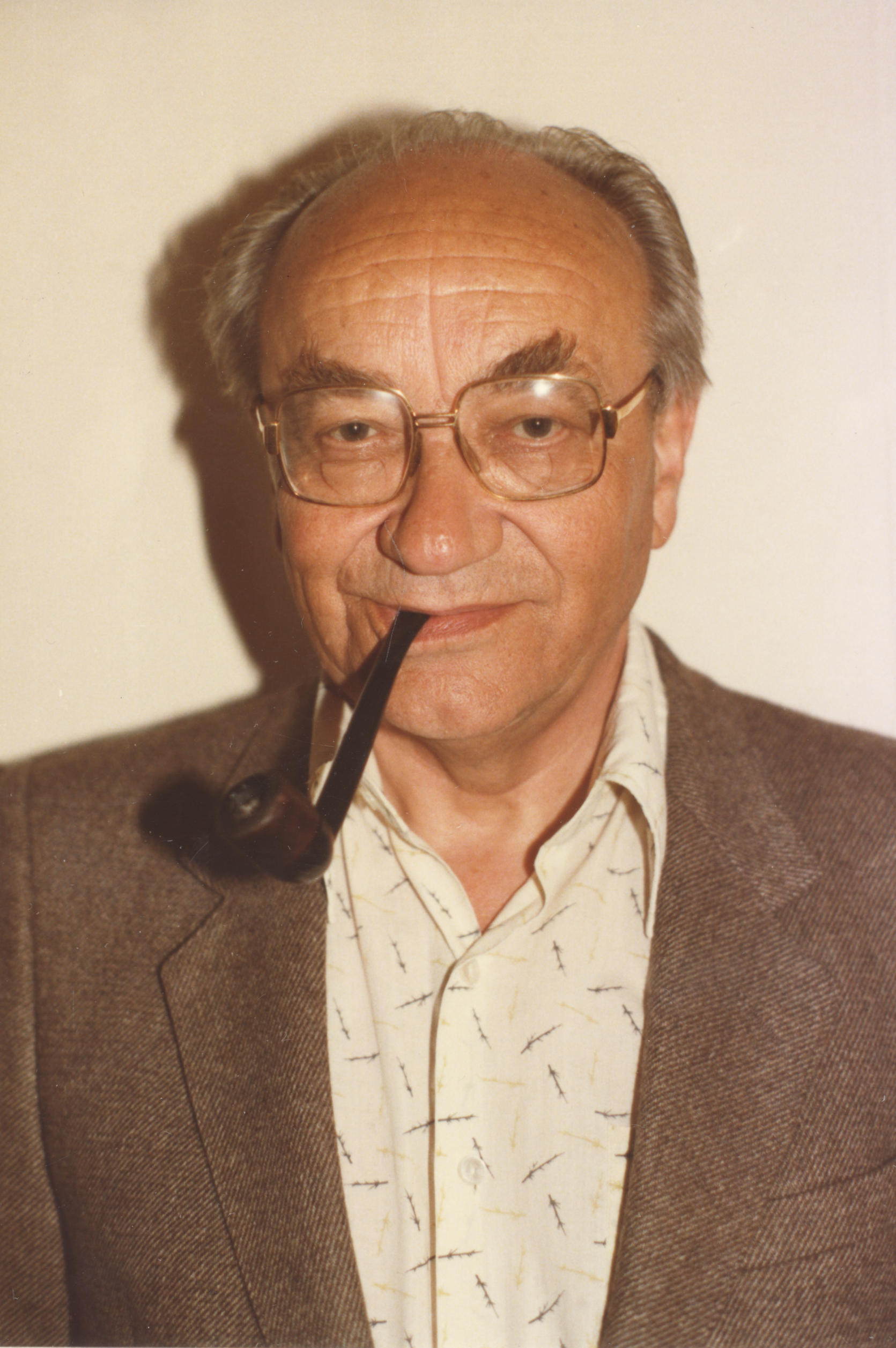
Ilmar Talve
Novels 
About Ilmar Talve
Ilmar-Aleksander Talve (until 1936 Thalfeldt, 17. I 1919 – 21. IV 2007), Estonian writer, ethnologist and lecturer, who worked mainly in Sweden and Finland, publishing short stories, novels and memoirs, as well as scholarly monographs.
He was born in the town of Mga in Ingria, in Petrograd (former St. Petersburg) governorate. His family moved to Estonia in 1920. He attended Tapa primary school from 1927 to 1933 and Tapa Gymnasium from 1933 to 1938. From 1938 to 1942 he studied ethnography, Estonian philology and folklore at the University of Tartu, graduating with a master’s degree cum laude. From 1940 to 1943 he worked at the Estonian National Museum. In 1943 he fled to Finland, where he volunteered to serve in the Estonian infantry regiment no. 200 in the Finnish army. In 1944 he returned to Estonia, where the German forces detained him and sent him to a foreign workers’ (Fremdenarbeiter) camp at Flensburg. In 1945 he escaped to Sweden. From 1947 to 1951 he continued his studies at the University of Stockholm, and in 1960 he defended his doctorate of philosophy. In the nineteen-forties and fifties he worked as an assistant at Nordiska Museet in Stockholm. From 1946 he was a member of the Tuulisui literary grouping. In 1959 he moved to Finland to live. From 1959 he was a lecturer at the University of Turku in Finland, continuing from 1986 as a professor emeritus. In 2005 he was awarded an honorary doctorate by the University of Tartu. He died in Turku, Finland.
As a writer he published stories, novels, memoirs, feuilletons, articles and reviews. He is the author of many significant cultural-historical and sociological monographs, publishing 11 major scientific works altogether between 1959 and 1988. He wrote a survey of Finnish folk culture (vols. I and II, 1979) and of Estonian cultural history (2004). A selection of his published feuilletons from the press was issued in the collection See oli sel ajal kui… (‘It Was at the Time When…’, 1990). A selection of articles on Estonian topics, Vanem ja noorem Eesti (‘Older and Younger Estonia’, 2008), offers an overview of Estonian cultural history starting from Henry of Livonia to the exiled writers of the 20th century. The three-volume autobiography Kevad Eestis (‘Spring in Estonia’, 1997), Kutsumatu külaline (‘Uninvited Guest’, 1998) and Kolmas kodumaa (‘The Third Homeland’, 1999), deals respectively with the author’s Estonian, Swedish and Finnish periods.
Talve began his literary career in Estonian with short prose and poems. His debut, a collection of stories Ainult inimene (‘Only Human’, 1948), a dozen or so stories and narratives reflect his personal experience of the war and the loss of his country, and the fickle fate of Estonian boys in the Finnish army, their return to Estonia and escape from the homeland. The novel Maja lumes (‘The House in the Snow’, 1952), with its political warning, describes, with historical allusions, the fate of a small country in the grip of a totalitarian superpower, and brings people’s relationships with power and the state to the foreground. Juhansoni reisid (‘Juhanson’s Travels’, 1959) is a humorous novel about the adventures of three Estonian soldiers serving in the Finnish army in wartime. The crowning achievement of his literary career, the two-part cultural essay-novel Maapagu (‘Exile’, 1988, winner of the Henrik Visnapuu Literature Prize in 1990) reflects the lives and activities of members of the Young Estonia movement in European countries from 1906 to 1917. The diary of the main character in exile, a contemporary from the Young Estonia days, Sebastian Alkman, reveals both a European cultural space and a story of personal development: in getting to know the cultures of the countries he visits and the mental world of the actual Estonian writers, intellectuals and artists living in exile, Alkman discovers and creates himself. The narrative Eraõpetlane Abraham Hintsa (‘Abraham Hintsa, Private Scholar’, 1993) won its author the F. Tuglas short story prize.
A. O. (Translated by C. M.)
Books in Estonian
Novels
Maja lumes. Lund: Eesti Kirjanike Kooperatiiv, 1952, 375 lk. [Järgnev trükk: Tallinn: Eesti Raamat, 2001, 358 lk.]
Juhansoni reisid. Lund: Eesti Kirjanike Kooperatiiv, 1959, 384 lk. [Järgnevad trükid: Tallinn: Faatum, 1994, 275 lk; Tallinn: Eesti Päevaleht, 2009, 319 lk.]
Maapagu. I-II. Lund: Eesti Kirjanike Kooperatiiv, 1988, 263+260 lk. [2. trükk: Tallinn: Eesti Raamat, 1993, 476 lk
Short stories
Ainult inimene. Vadstena: Orto, 1948, 270 lk.
Memoirs
Kevad Eestis. Tartu: Ilmamaa, 1997, 390 lk.
Kutsumatu külaline. Tartu: Ilmamaa, 1998, 300 lk.
Kolmas kodumaa. Tartu: ilmamaa, 1999, 379 lk.
Monographs
Bastu och torkhus i Nordeuropa. Stockholm: 1960. [‘Saun ja kuivati Põhja-Euroopas’, rootsikeelne doktoritöö.]
Suomen kansankulttuuri. Helsinki: Suomalaisen Kirjallisuuden Seura, 1979, 403 lk. [‘Soome rahvakultuur’, soomekeelne ülevaateteos.]
Eesti kultuurilugu: keskaja algusest Eesti iseseisvuseni. Tartu: Ilmamaa, 2004, 686 lk. [2 trükk: 2005.]
Article collections
See oli sel ajal kui…. Tallinn: Perioodika, 1990, 90 lk.
Vanem ja noorem Eesti. Tartu: Ilmamaa, 2008, 295 lk.
About Ilmar Talve
Ülo Tonts, Ilmar Talve: elu ja looming. Tartu: Ilmamaa, 2009, 287 lk.


